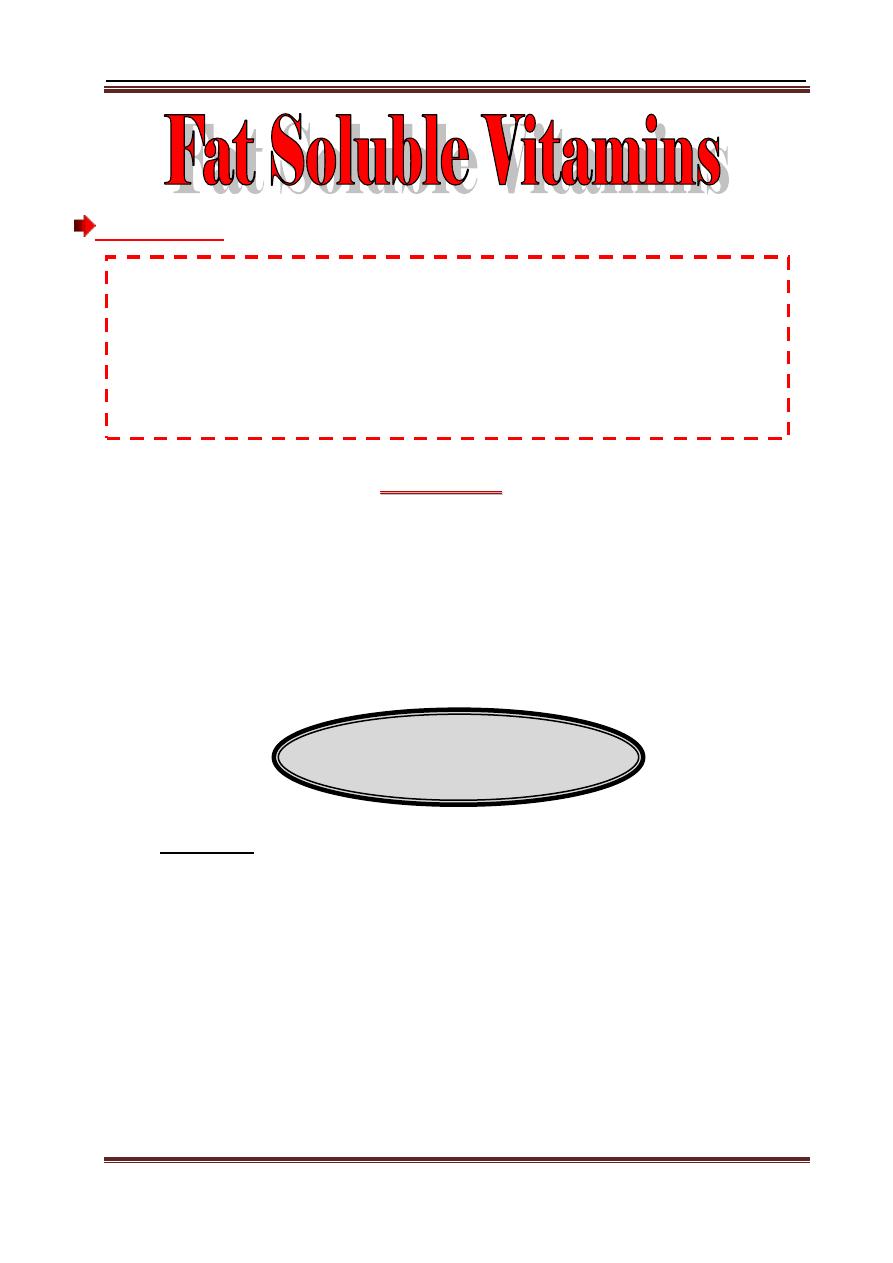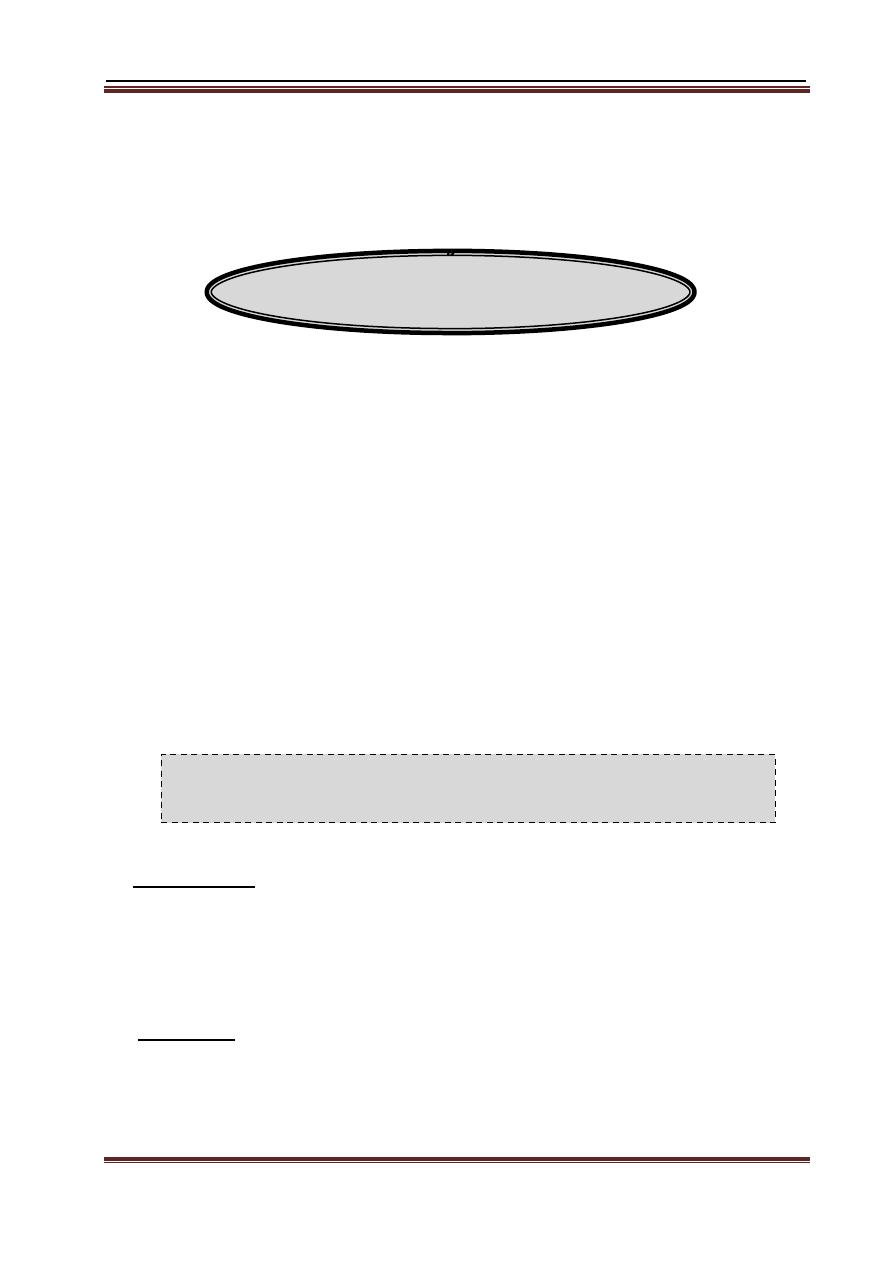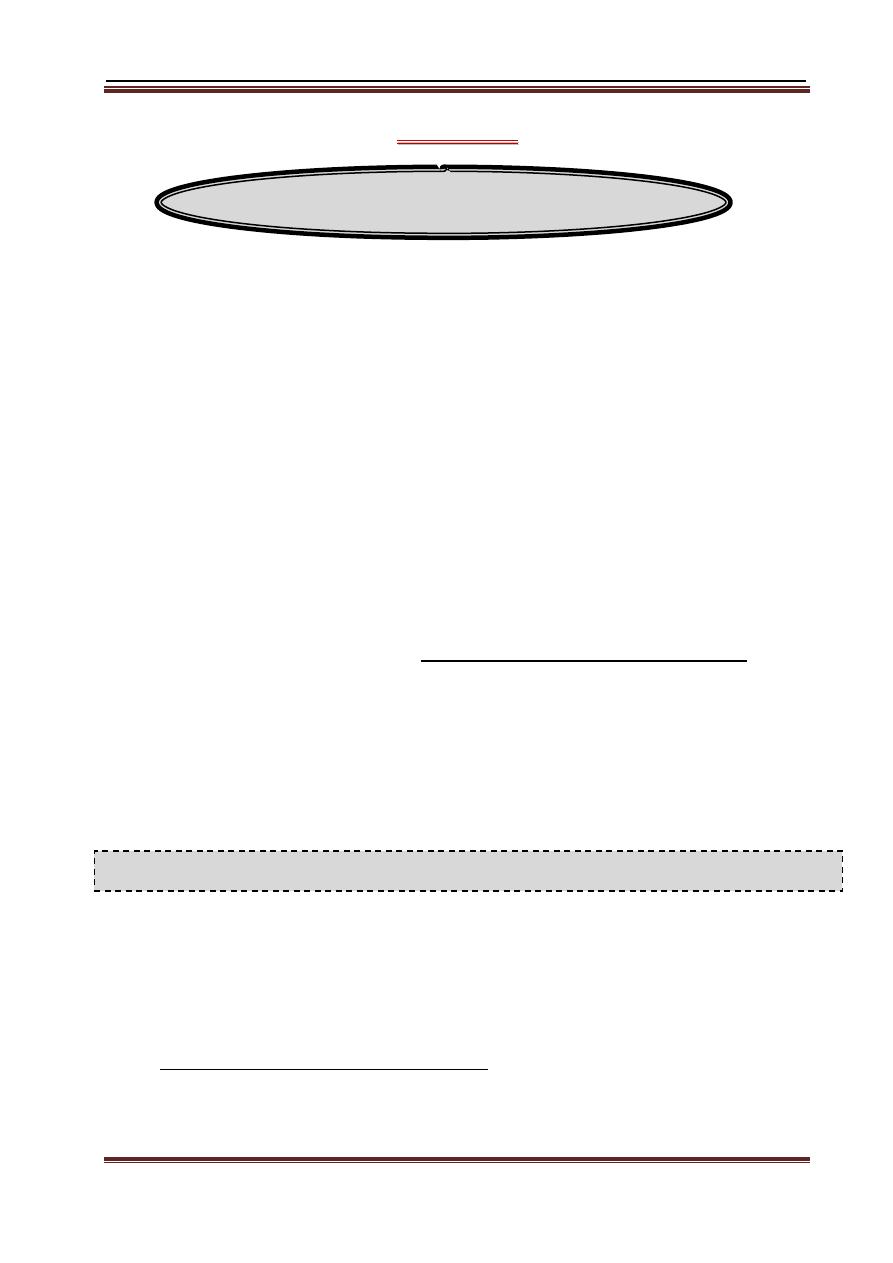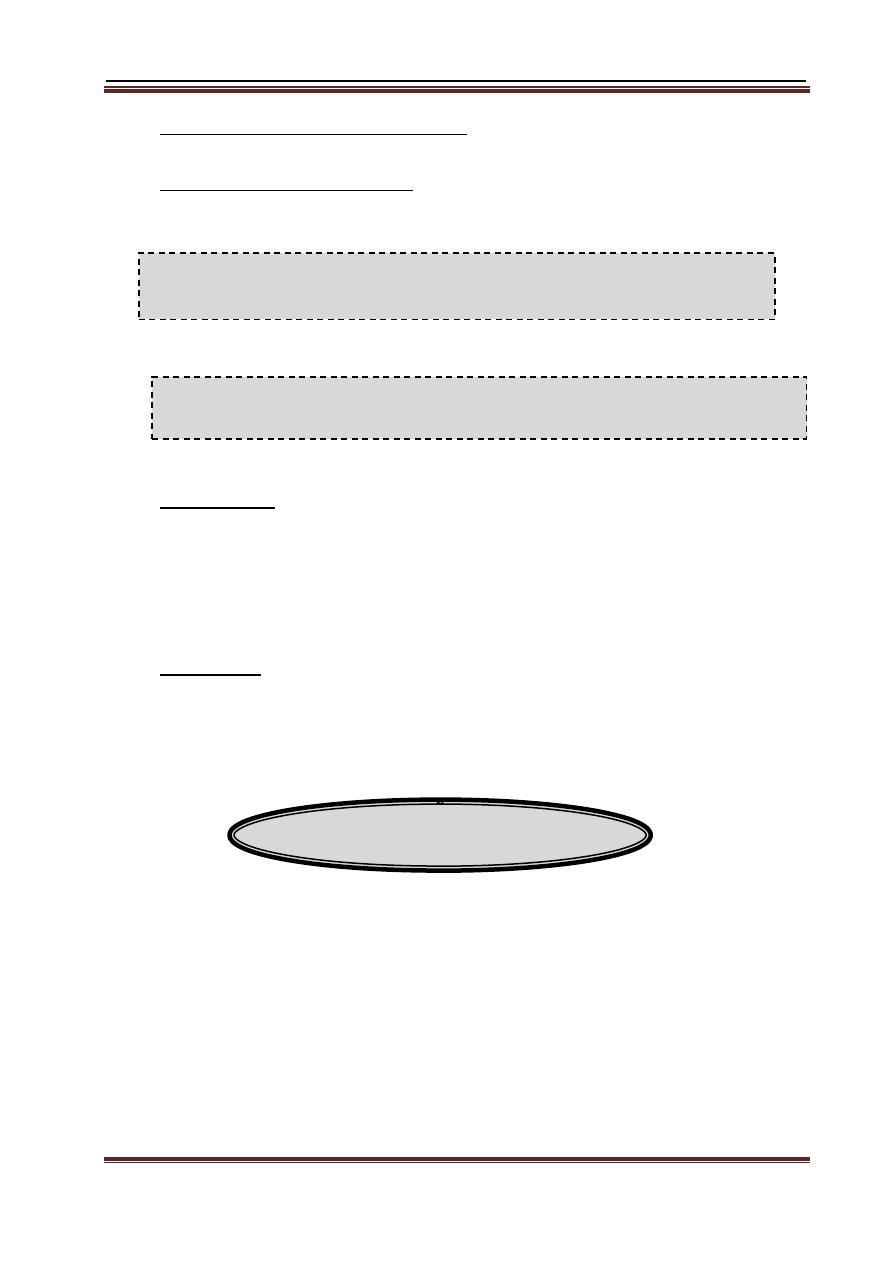
Fat Soluble Vitamins
د. زينا حسن
Page
1
Objectives:
by reading this topic; the student would be able to:
L
L
E
E
C
C
T
T
U
U
R
R
E
E
1
1
A vitamin is an organic compound required as a vital nutrient in limited
amounts. Fat soluble vitamins include (A, K, E, and D) which are released,
absorbed, and transported with the fat of diet. They are transported in the blood
bound to lipoprotein or attached to specific binding protein. They are not readily
excreted in urine, and significant quantities are stored in the liver and adipose
tissue. Sometimes excess intake may lead to accumulation of toxic quantities of
these vitamins.
VITAMIN
A
(RETINOL)
Structure:
The retinoids are a family of biologically related active molecules including natural
and synthetic forms of vitamin A; they are:
1. Retinol: a primary alcohol found in animal tissue as a retinyl ester with
long-chain fatty acids.
2. Retinal: this is the aldehyde derivative of retinol oxidation. Retinol &
retinal can readily be interconverted.
3. Retinoic acid: the acid derivative of retinal oxidation.
4. Β-Carotene: from plant source; it can be cleaved inefficiently in the
intestine into two molecules of retinal.
1.
Describe the structure, dietary sources, and metabolism of fat soluble
vitamins.
2.
Identify the biochemical role of fat soluble vitamins.
3.
Correlate alterations in vitamin status with circumstances of increased
metabolic requirements, age-related physiologic changes, or pathologic
conditions.

Fat Soluble Vitamins
د. زينا حسن
Page
2
Sources:
Animal products (liver, kidney, &egg yolk).
Yellow and dark green vegetables and fruits (carotenoids).
Metabolism:
Retinol absorbed from the intestine is secreted as a component of
chylomicrons into lymphatic system, to be taken up by, and stored in, the
liver.
When needed, retinol is released from the liver and transported to extra-
hepatic tissues by the plasma retinol-binding protein (RBP).
The retinol-RBP complex attaches to specific receptors on cell surface,
permitting retinol to enter; then acts on nuclear receptors.
Functions:
Visual cycle: vitamin A is a component of the visual pigments of rod
and cone cells. Rhodopsin, the visual pigment of the rod cells in the
retina, consists of retinal specifically bound to the protein opsin.
Growth & Reproduction: especially bone development in children.
Maintenance of epithelial cells: Vitamin A is essential for normal
differentiation of epithelial tissues and mucous secretions.
RDA: 750 µg/day.
Clinical correlations:
1. Deficiency: this will result in:
Night blindness (Nyctalopia): it is the inability to adapt when suddenly
proceeding from bright light to dim light.
Xerophthalmia: a pathologic dryness of conjunctiva and cornea, which
may result in corneal ulceration (keratomalacia), and ultimately
blindness due to the formation of opaque scar tissue.
Keratinization of skin and mucous membranes, they will become dry,
scaly and rough.
2. Toxicity:
Excessive intake of vitamin A produces a toxic syndrome called
Hypervitaminosis A. early signs including gastric upset, headache, and
Recommended Dietary allowance (RDA) is the level of intake of
essential nutrients sufficient to meet the nutritional needs of healthy
individuals in general population

Fat Soluble Vitamins
د. زينا حسن
Page
3
VITAMIN
E
(tocopherol)
bone pain. If prolonged it can cause dry skin due to a decrease in keratin
synthesis and liver cirrhosis due to vitamin accumulation.
Pharmacological forms of Vitamin A are teratogenic and absolutely
contraindicated in women in child-bearing potential.
Structure: α-tocopherol is the predominant isomer in plasma and the most
active form of vitamin E.
Sources: vegetable oil, fresh leafy vegetables, and egg yolk.
Metabolism: it is readily absorbed with fats from GIT and is metabolized to
unidentified substances in the tissues.
Functions:
Vitamin E is a powerful Antioxidant, it protects unsaturated lipids from
peroxidation.
It has a special protective role to hepatocyte and erythrocytes'
memberanes.
Synergistic with two other essential nutrients, selenium and ascorbic
acid, vitamin E is also necessary for the maintenance of normal vitamin
A levels.
RDA: 15-20 mg/day.
Clinical correlation:
1. Deficiency:
This commonly occurs in two groups; premature; very low birth weight
infants, and patients with defective lipid absorption.
Increased sensitivity of erythrocytes to peroxidation resulting in
hemolytic anemia.
2. Toxicity: Although mega doses of vitamin E do not produce toxic effects,
high doses have no proven health benefits.
The requirement of α-tocopherol increases as the intake of
polyunsaturated fatty acid increases

Fat Soluble Vitamins
د. زينا حسن
Page
4
VITAMIN
D
(calcitriol)
L
L
E
E
C
C
T
T
U
U
R
R
E
E
2
2
Structure:
The D vitamins are a group of sterols that have a hormone-like function.
Two main forms are discovered:
1. Ergocalciferol (D
2
): this is obtained by irradiating the plant sterol
ergosterol with UV light.
2. Cholecalciferol (D
3
): this is formed by irradiating the animal sterol,
7-dehydrocholesterol.
Sources:
Diet: D
2
in plants (mushrooms) and D
3
in animals (egg yolk, fortified
milk, butter, liver and fish like sardines, tuna, and salmon).
Endogenous precursor: 7-dehydrocholesterol is converted to D
3
in the
dermis and epidermis of humans exposed to sunlight.
Metabolism:
Both D
2
and D
3
are not biologically active, but are converted in vivo to the
active form of vitamin D by two sequential hydroxylation reactions:
1. Hydroxylation at 25 position is catalyzed by a specific hydroxylase in
the liver resulting in 25-hydroxycholecalcoferol (25-OH-D3, calcidol)
which is the predominant form in plasma and the major storage form of
vitamin D.
2. Another hydroxylation at 1 position by 1-hydroxylase in the kidney,
resulting in the formation of (1,25-diOH-D3, calcitriol).
The addition of hydroxyl group by the kidney is regulated by serum
calcium and phosphate levels, low plasma phosphate levels accentuate the
function while high free calcium levels inhibit the reaction (an example of
feedback inhibition).
Functions:
1. Effect of vitamin D on the intestine: it enhances calcium uptake by an
increased synthesis of a specific calcium-binding protein through affecting
nuclear DNA.
1,25-dihydroxycolecalciferol (calcitriol) is the most potent vitamin D metabolite

Fat Soluble Vitamins
د. زينا حسن
Page
5
VITAMIN
K
2. Effect of vitamin D on the kidney: it minimizes loss of calcium through
urine.
3. Effect of vitamin D on bone: it stimulates the mobilization of calcium and
phosphate from bone in a process that requires the presence of parathyroid
hormone.
RDA: 200 IU which equals 5 µg/day
Clinical correlation:
1. Deficiency: it may be caused by:
Low intake, low absorption.
Chronic renal failure.
Lack of exposure to sunlight.
Vitamin D deficiency causes a net demineralization of bone, resulting
in rickets in children and osteomalacia in adults.
2. Toxicity:
Extremely large doses produce hypercalcemia, hyperphosphatemia,
anorexia, nausea, vomiting, and diarrhea. Enhanced calcium absorption
and bone resorption results in increased calcium deposition in many
organs, particularly in kidneys and arteries.
Structure: it's a derivative of pthiocol (2-methyl-3-hydroxy-1,4-napthoquinone)
Sources:
Green leafy vegetables such as spinach, cauliflower, and cabbage.
Synthesis by microorganisms inhabiting the gastrointestinal tract can
provide 50% of vitamin K requirement.
Metabolism: it is readily absorbed with fats in the presence of bile salts. It
is not stored to any appreciable extent. Hence a constant supply is needed.
Functions:
The principle role of vitamin K is in the posttranslational modification
of various blood clotting factors.
The requirement of calcitriol increases in children, pregnancy and old
age
(confined indoors)
to 400 IU
Bone is an important reservoir of calcium that can be mobilized on
need to maintain plasma levels

Fat Soluble Vitamins
د. زينا حسن
Page
6
Hepatic synthesis of proteins II, VII, IX, and X requires the vitamin
K-dependant carboxylation of glutamic acid residue (Glu) to form
mature clotting factor containing γ-carboxyglutamic acid (Gla) that is
capable of subsequent activation of clot formation.
The Gla residues help to chelate calcium in a protein-calcium-
phospholipid interaction on the surface of platelets.
RDA: 90-120 µg/day
Clinical correlations:
1. Deficiency:
It can lead to easy bruising, bleeding, and hemorrhagic disease.
A true vitamin K deficiency is unusual because adequate amounts are
generally produced by intestinal bacteria or obtained from diet.
Deficiency may be caused by antibiotic therapy.
Newborns have sterile intestines and so initially lack the bacteria that
synthesize vitamin K.
Vitamin K deficiency or the use of vitamin K-antagonists may lead to
hemorrhagic episodes.
2. Toxicity: it is not commonly seen in adults, but large doses to infants
can produce hemolytic anemia and jaundice.
References:
Lippincott's Illustrated Review in Biochemistry by Richard Harvey and Denise Ferrier; 5
th
edition 2010. Unit 5, Chapters 28.
Textbook of Biochemistry by Dr A V S S Rama Rao; 11
th
edition 2010. Chapter 11.
Biochemistry & Medical Genetics lecture notes by B. Hansen, R. Lane, S.Turko, &D.
Seastone; USMLE step1. Kaplan medical; 2010. Chapter 10.
Clinical Chemistry by William J Marshall & Stephen K Bangert; 6
th
edition 2008. Chapter 20.
Clinical Chemistry by Michael L. Bishop and colleagues; 4
th
edition 2005. Part IV, chapter 31.
Vitamin K is not assayed but prothrombin time is used as a functional indicator of
its status; With a vitamin K deficiency, PT is prolonged
